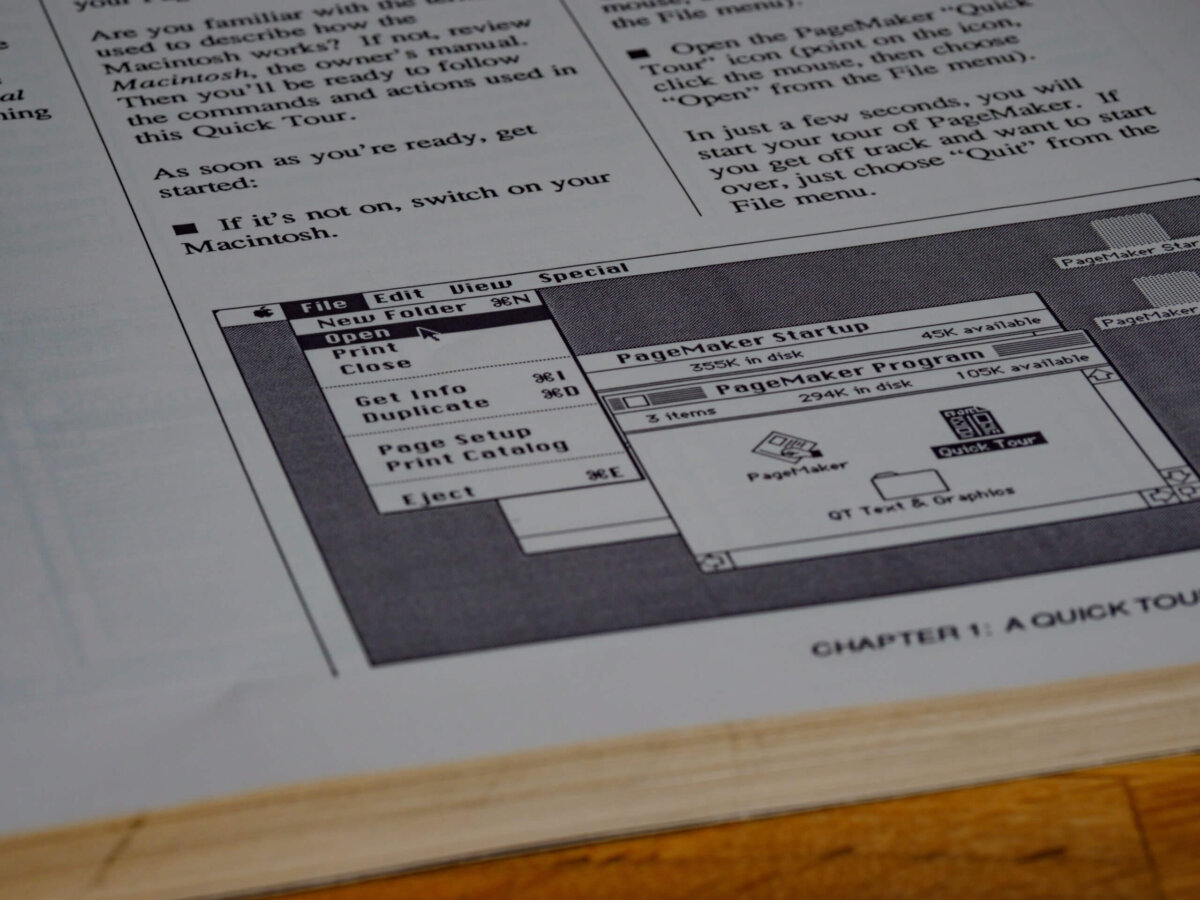Even with “Web 3.0” just around the corner, many companies continue to publish good old e-newsletters. But handling the back issues of these newsletters can be a nagging content management problem. How long should you make back issues of your e-newsletter available at your site? How should you list these back issues?
Before you decide to archive back issues, you must be absolutely sure that your site visitors will actually want to read your old e-newsletters. Check your web stats, find out whether people call or e-mail to request back issues, and see whether anyone is linking to your old newsletter content. Do as much research as possible before you commit to maintaining this ever-growing archive. It is entirely possible that your subscribers are glad to read each issue of your e-newsletter, and that they’d appreciate having access to each issue for a month or two, and that’s it. You may not want to publish an archive at all.
Here are five approaches to archiving back issues of an e-newsletter. Watch out: the first two are examples of what not to do.
1. DON’T: List all back issues by date, season, and/or volume number
The Wisconsin Court System publishes The Third Branch, a quarterly e-newsletter. The newsletter is article-rich and well written. But the Third Branch archive is nearly unusable. They’ve posted 11 years (!!) of PDF back issues, and listed each one by year and season, without giving any inkling of
what information can be found in each issue. So to use the archive, you have to know which back issue you’re looking for in order to find what you want. At the Michigan Courts’ archive of The Pundit, the back issues are listed by year, volume number, and issue number. Few users, if any, will ever retrieve a newsletter by volume or issue number. So while the lists of Third Branch or Pundit e-newsletters are quite thorough, the archives themselves are nearly impossible to use.
2. DON’T: Blindly maintain the archive despite findability problems
The State Bar of Wisconsin published the Capitol Update e-newsletter at least twice a month between October 1995 and March 2006. And they’ve posted every single back issue from that period. While faithful and consistent, this extreme devotion to e-newsletter back issues probably does users little good. After all, this newsletter was a weekly news update. It’s unlikely that what made news in ’95 is still newsworthy today.
3. DO: Include the table of contents for each back issue
The Virginia Judicial System takes a more user-friendly approach to the archive of Resolutions e-newsletter. Each issue is presented with its table of contents, so users can see what was in each issue without having to open every PDF or click through to the HTML version. The Energizing EPA archive takes a similar approach. Instead of presenting the full table of contents from each back issue, it cherry-picks several articles for an “In this issue” blurb. The Energizing EPA archive also includes one image from each newsletter. I find this to be useful and attractive content.
4. DO: List back issues by date and subject line
California Congresswoman Jane Harman’s e-newsletter archive lists the date and subject line of each back issue. This is a practical approach, especially if the e-newsletter is short—hers has just one article—and if the subject line is well written. Including the e-newsletter’s subject line in the archive will certainly help users find the back issue they’re looking for.
5. DO: Publish articles from the e-newsletter instead of an archive
This is the approach we’ve taken with our own e-newsletter, the E-Writing Bulletin: no archive. We’ve decided that the element worth keeping from each issue is the main article, and we’ve presented these articles at an Articles page. We’ve let go of each issue as it was actually published because we’re pretty sure that the once-timely info about conferences we spoke at (Content Week 2001?) and open enrollment courses we offered is too dated to be of use to anyone now.
Any other approaches to archiving e-newsletters? If you have a great example, or a classic “don’t,” please let us know about it.
— Leslie O’Flahavan
Tags: Content, enewsletter






0 Comments